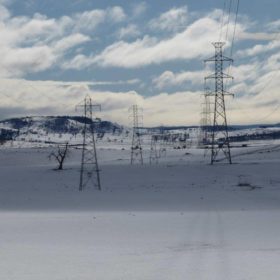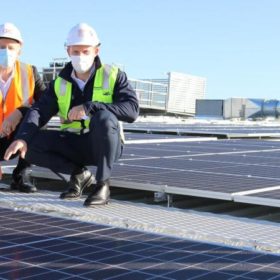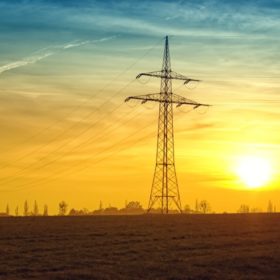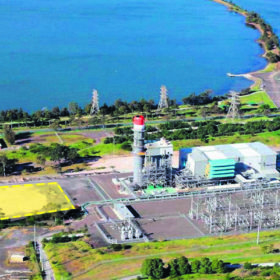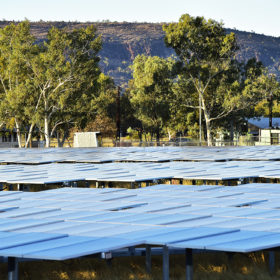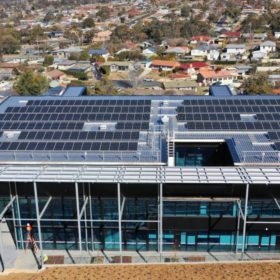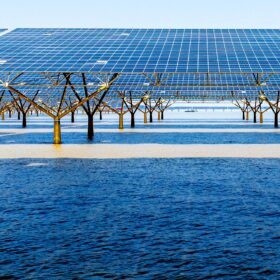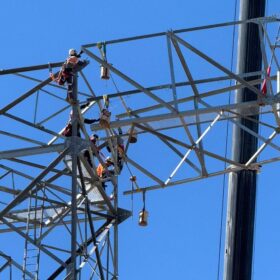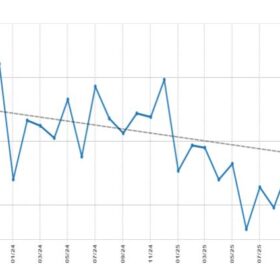Tasmania seeks investor interest to help shape state’s first REZ
The Tasmanian government is calling for registrations of interest from developers of new large-scale renewable generators and energy storage projects, and existing and proposed energy intensive load projects to participate in shaping the state’s first renewable energy zone.
Queensland hits back at sun tax ‘scaremongering’ as energy panic deepens
The Queensland government this morning confirmed it will not be changing solar feed in tariffs after Murdoch newspapers claimed a ‘sun tax’ was looming for the state. Meanwhile, New South Wales recommended upping feed in rates for solar households.
‘Much too naive’: extent of market cornering in energy crisis underplayed, analyst says
As Australia’s energy crisis deepens with Queensland and NSW again cautioned over potential blackouts in the coming hours, director of the Victoria Energy Policy Centre, Bruce Mountain, told pv magazine Australia commentators have underplayed the extent to which energy generators have exacerbated the emergency. Government intervening to take charge of the energy market is, for him, the most likely outcome as generators withholding capacity increasingly threatens to cause massive losses in state economies.
Powercor plans community battery to boost rooftop solar
The rollout of rooftop solar in the western suburbs of Melbourne is set to get a boost with Victorian network service provider Powercor identifying the site where it will install a community battery that is expected to unlock more than 129MWh of solar PV hosting capacity.
NSW announces $1.2 billion investment in renewable energy
The New South Wales government has announced its single biggest investment yet in renewable energy infrastructure, committing $1.2 billion to fast-track priority transmission and energy storage projects as the energy sector continues its rapid transformation towards a decarbonised and decentralised future.
NSW calls for investor interest in Illawarra energy zone
The New South Wales government has invited registrations of interest from renewable generators, energy storage and network developers, and existing and proposed energy loads, to participate in shaping a renewable energy zone to be established in the Illawarra region on the state’s south coast.
Outback VPP trial to offer glimpse of renewables-dominated future
With some of the highest rooftop solar PV penetration in Australia the outback town of Alice Springs will soon play host to the Northern Territory’s first resident Virtual Power Plant with the project partners exploring how best to bolster the reliability of the local grid and pave the way for the increased penetration of renewable energy.
Transgrid announces milestone for $2.3bn interstate transmission project
New South Wales transmission network owner Transgrid has commenced construction on its section of the $2.3 billion Project EnergyConnect, the high-voltage electricity transmission interconnector that will link power grids across three states, unlocking gigawatts of planned renewable energy projects.
Outback town teams with CDU to research renewable energy future
With the Northern Territory town of Alice Springs turning towards renewable energy to address the challenges associated with its isolated grid, researchers from Charles Darwin University have announced they will help investigate how the outback community can facilitate its transition towards a renewables-dominated future.
Virtual power plant technology on trial in NSW schools
The New South Wales government has announced plans to use part of an estimated eight million square metres of public school roof space to install rooftop solar PV as it seeks to test the most effective ways to generate, store and export renewable energy into the state’s electricity grid.
